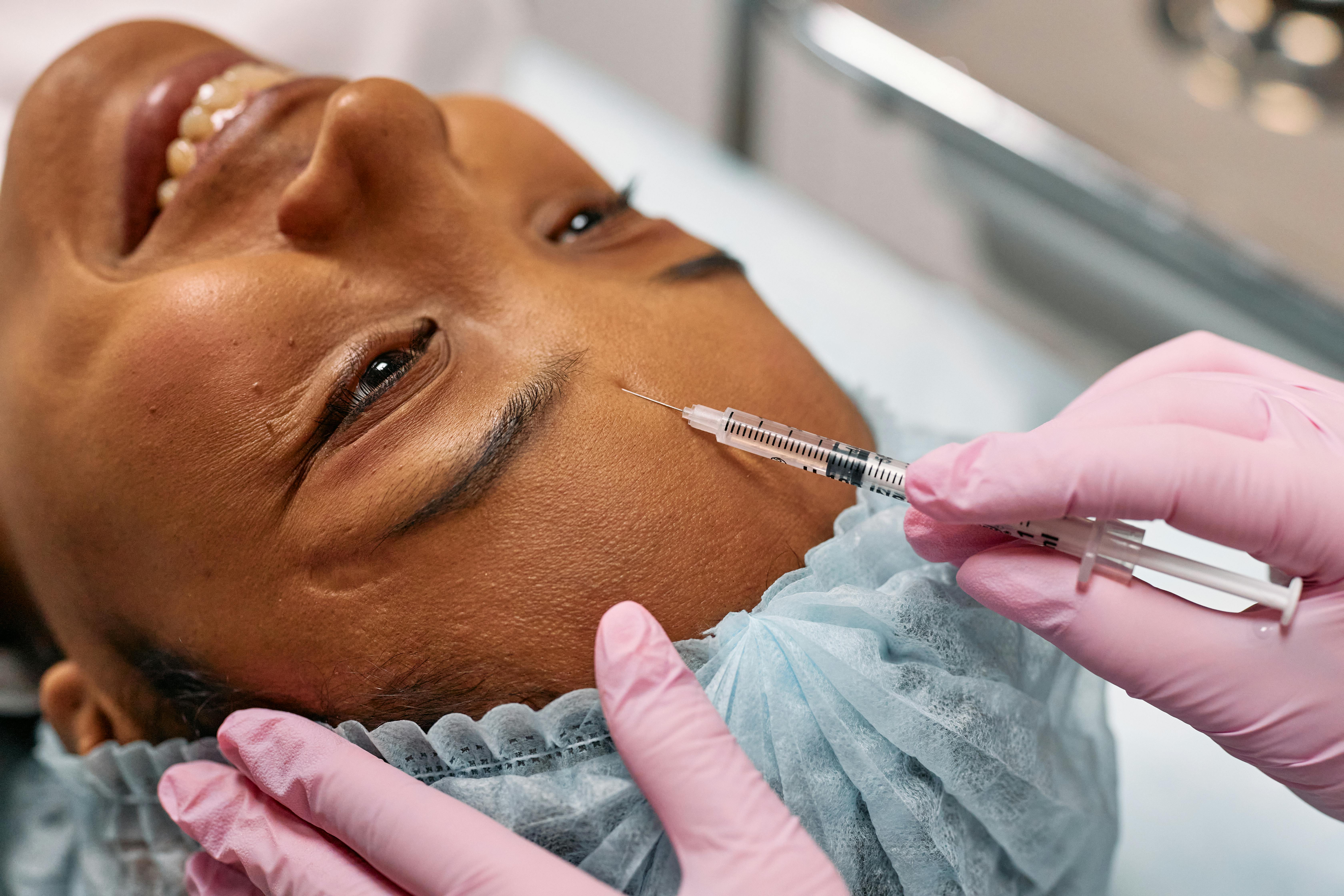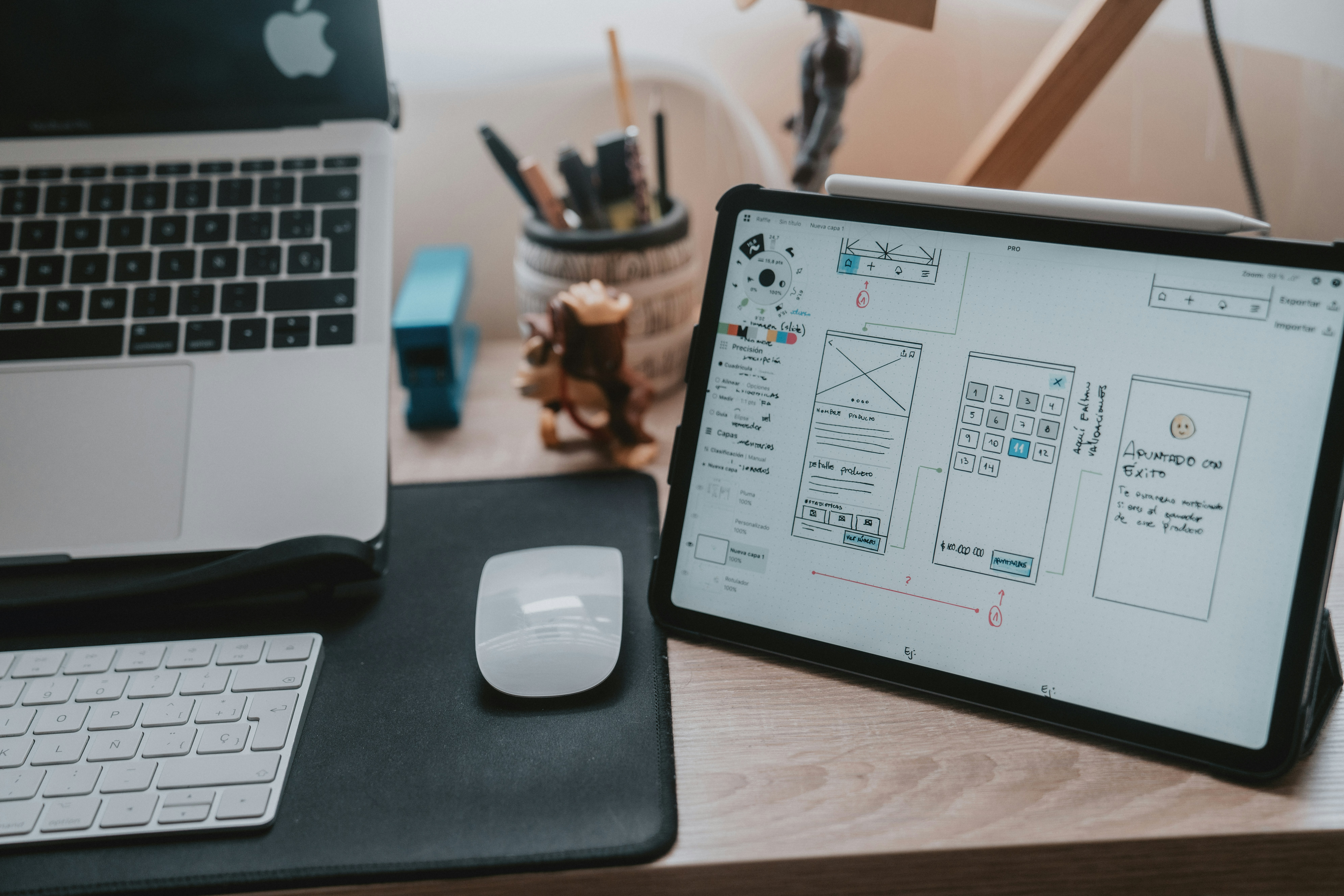Understanding Botox: How It Works, Uses, and Achieving Natural Results
Botox treatments have transformed the field of cosmetic enhancement, offering a non-surgical approach to reducing the appearance of wrinkles and fine lines. This injectable procedure has gained widespread popularity due to its effectiveness, minimal downtime, and versatility. Understanding how Botox works, what influences its results, and the importance of professional application can help individuals make informed decisions about this aesthetic treatment.

Botox has become one of the most recognized names in cosmetic procedures, helping millions achieve a more youthful appearance without invasive surgery. While commonly associated with wrinkle reduction, this versatile treatment offers various applications in both cosmetic and medical fields. The science behind Botox, factors affecting its longevity, and the importance of professional administration all contribute to achieving optimal, natural-looking results.
How Do Botox Treatments Work in the Body?
Botox, or Botulinum toxin type A, functions by temporarily blocking nerve signals to targeted muscles. When injected in small, controlled amounts, it prevents the release of acetylcholine, a neurotransmitter responsible for muscle contractions. This process effectively relaxes the muscles that cause dynamic wrinkles—those that appear with facial expressions like smiling or frowning. The treatment doesn’t affect sensory nerves, meaning patients maintain normal sensation in treated areas.
The procedure itself typically takes only 10-15 minutes, with results gradually appearing over 3-7 days as the neuromuscular blocking effect takes place. This mechanism explains why Botox works best on expression lines rather than wrinkles caused by sun damage or gravity. Understanding this distinction helps set realistic expectations for what Botox can and cannot accomplish.
Factors That Influence Botox Results and Longevity
Several variables affect how long Botox results last and how effective the treatment will be. Individual metabolism plays a significant role—those with faster metabolisms may break down the product more quickly, resulting in shorter-lasting effects. Muscle strength and size also matter; stronger facial muscles might require more frequent treatments or higher dosages for optimal results.
The typical duration of Botox effects ranges from 3-4 months, though this varies considerably between individuals. Lifestyle factors such as sun exposure, smoking, and alcohol consumption can potentially shorten the longevity of results. Regular treatments often lead to longer-lasting effects over time as muscles become conditioned to being relaxed.
The skill of the practitioner significantly impacts results as well. Proper dosing and precise injection placement ensure natural-looking outcomes while minimizing potential side effects. The quality and freshness of the product used also affect both results and duration, highlighting the importance of seeking treatment from reputable providers who use authentic, properly stored Botox.
Different Cosmetic Uses of Botox Beyond Wrinkle Reduction
While most commonly associated with smoothing forehead lines and crow’s feet, Botox has numerous other cosmetic applications. The procedure can effectively address glabellar lines (the vertical lines between eyebrows), bunny lines on the nose, and downturned mouth corners. Many practitioners also use Botox for jawline slimming by targeting the masseter muscle, creating a more contoured facial appearance.
Botox can produce a subtle brow lift when strategically injected above the eyebrows. It’s also used for treating excessive sweating (hyperhidrosis), particularly in the underarms, palms, and soles. Some dermatologists employ micro-Botox techniques, where tiny amounts are injected into the dermis rather than muscles, to reduce pore size and oil production, improving skin texture.
Beyond cosmetic applications, Botox has therapeutic uses for conditions like chronic migraines, temporomandibular joint disorders (TMJ), and certain types of muscle spasticity. This versatility demonstrates why Botox has remained popular despite the introduction of newer injectable treatments.
The Importance of Professional Botox Application
The difference between natural-looking results and an expressionless or asymmetrical appearance often comes down to the expertise of the provider administering Botox. Qualified practitioners possess in-depth knowledge of facial anatomy, understanding how various muscles interact to create expressions. This expertise allows them to precisely target specific muscles while preserving natural movement and expression.
Professional application involves a thorough consultation to assess the patient’s facial structure, muscle patterns, and aesthetic goals. This personalized approach ensures the treatment plan addresses individual concerns rather than following a one-size-fits-all formula. Practitioners should discuss realistic expectations, potential side effects, and aftercare instructions before proceeding with treatment.
Safety considerations make professional application essential. Complications, though rare, can include bruising, asymmetry, ptosis (drooping eyelids), or unwanted diffusion to surrounding muscles. These risks significantly decrease when treatments are performed by experienced medical professionals in appropriate clinical settings using proper techniques and authentic products.
Cost Considerations and Provider Options for Botox Treatments
Botox pricing typically follows a per-unit structure, with treatments requiring different amounts based on the areas addressed. In the United States, prices generally range from $10-25 per unit, with most treatments using between 20-60 units total. Full-face treatments can range from $300-1,200 depending on the provider’s experience, geographic location, and the extent of areas treated.
| Provider Type | Average Cost Range | Typical Credentials | Treatment Setting |
|---|---|---|---|
| Dermatologist | $15-25 per unit | MD with dermatology specialization | Medical office or clinic |
| Plastic Surgeon | $15-25 per unit | MD with surgical specialization | Medical office or surgical center |
| Medical Spa | $10-20 per unit | Varies (MD, NP, PA, RN) | Spa-like clinical setting |
| Cosmetic Dentist | $12-20 per unit | DDS with cosmetic training | Dental office |
| Facial Plastic Surgeon | $18-25 per unit | MD with facial specialization | Medical office or clinic |
Prices, rates, or cost estimates mentioned in this article are based on the latest available information but may change over time. Independent research is advised before making financial decisions.
When selecting a provider, credentials and experience should take precedence over cost considerations. Board certification in specialties like dermatology, plastic surgery, or facial plastic surgery typically indicates advanced training. Many practices offer membership programs or package deals that can make treatments more affordable for those receiving regular maintenance treatments.
Achieving Natural-Looking Results with Modern Aesthetic Procedures
The aesthetic industry has evolved significantly, with today’s approach emphasizing subtle enhancement rather than dramatic transformation. Modern Botox application techniques focus on preserving natural facial movement while reducing unwanted lines. This “less is more” philosophy often involves using lower doses strategically placed to maintain expressiveness while softening wrinkles.
Combination approaches frequently yield the most natural-looking results. Many practitioners pair Botox with complementary treatments like dermal fillers, which address volume loss, or skin resurfacing procedures that improve texture. This comprehensive approach addresses multiple aspects of facial aging for more harmonious results.
Patient education plays a crucial role in achieving natural outcomes. Understanding that Botox cannot reverse all signs of aging helps set realistic expectations. The goal should be refreshed, rested-looking results rather than a completely wrinkle-free or expressionless appearance. Following proper aftercare instructions—avoiding strenuous exercise, massage of treated areas, and certain medications for 24-48 hours after treatment—helps ensure optimal results.
The evolution of Botox continues with ongoing research into new formulations and applications. As techniques advance, the focus remains on achieving results that enhance natural beauty while maintaining the unique expressiveness that makes each face distinct.
This article is for informational purposes only and should not be considered medical advice. Please consult a qualified healthcare professional for personalized guidance and treatment.



